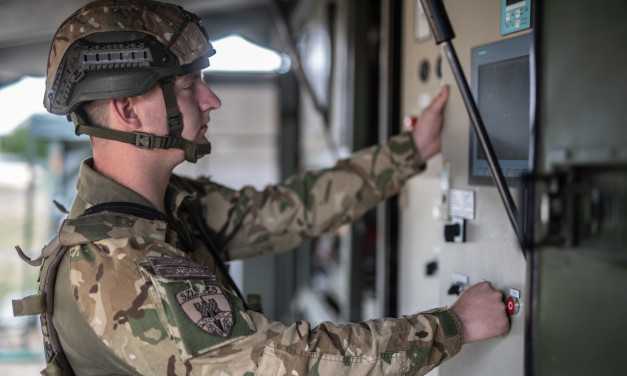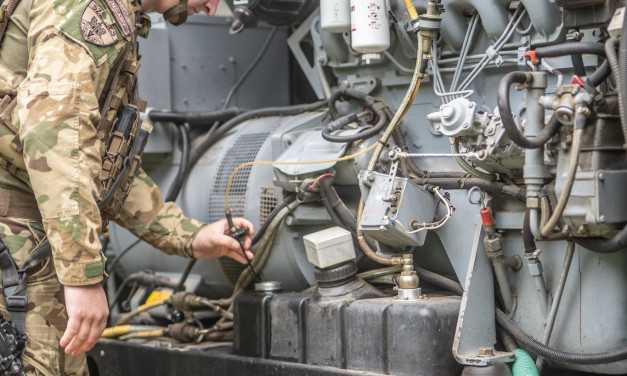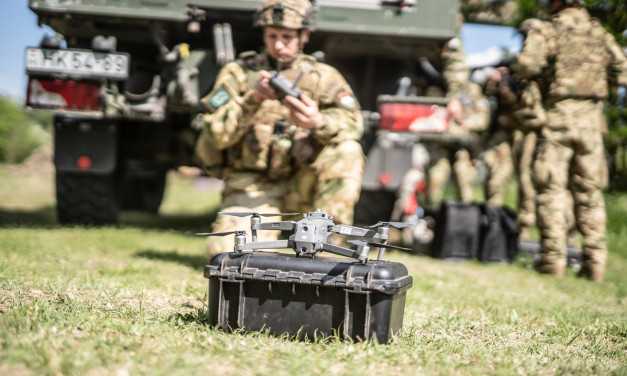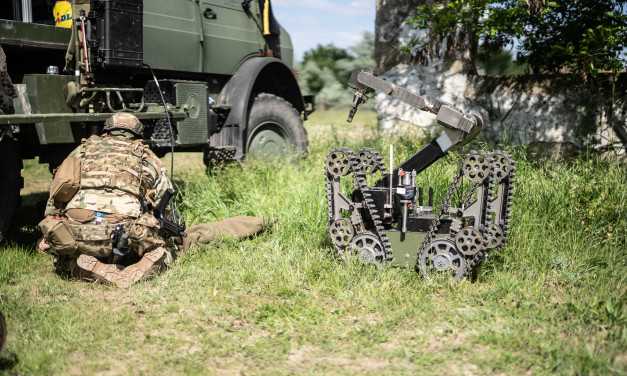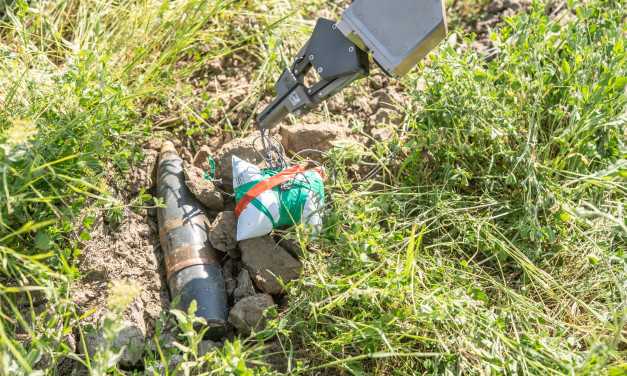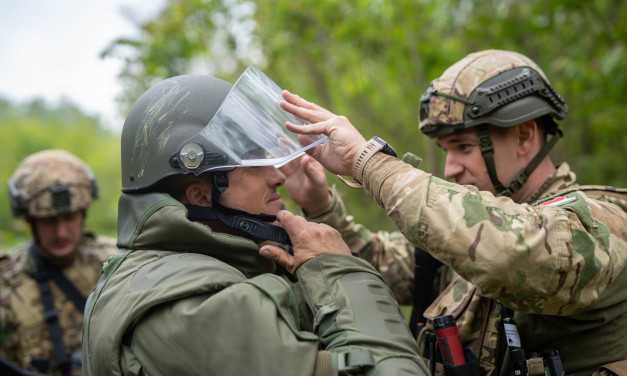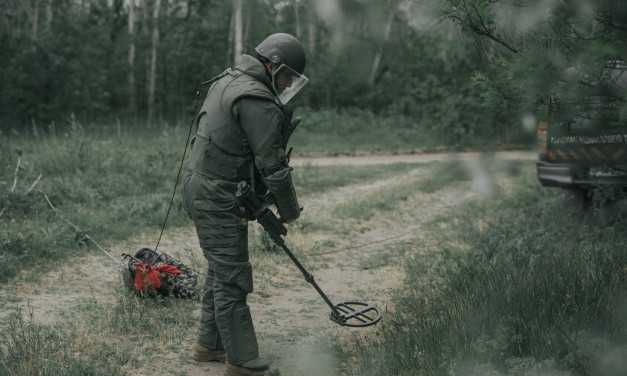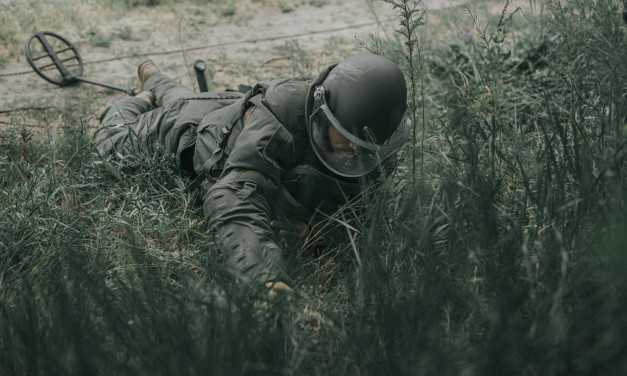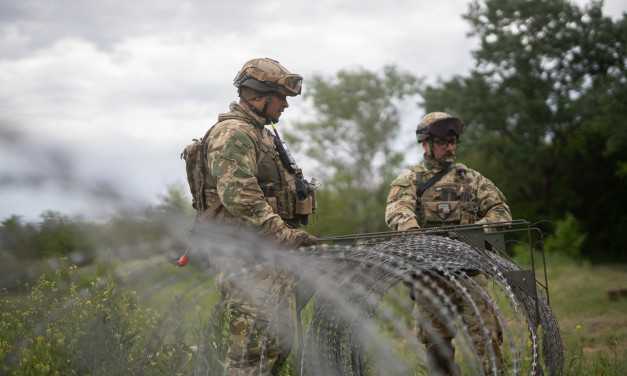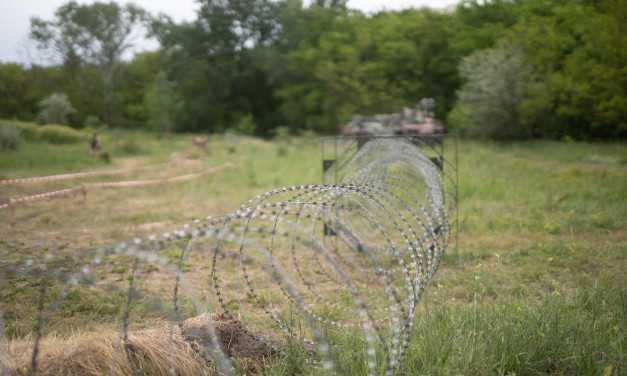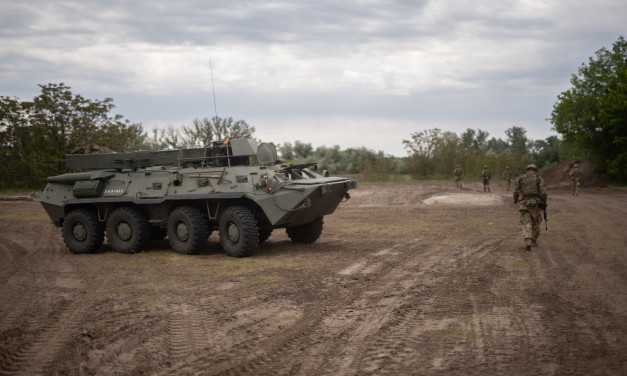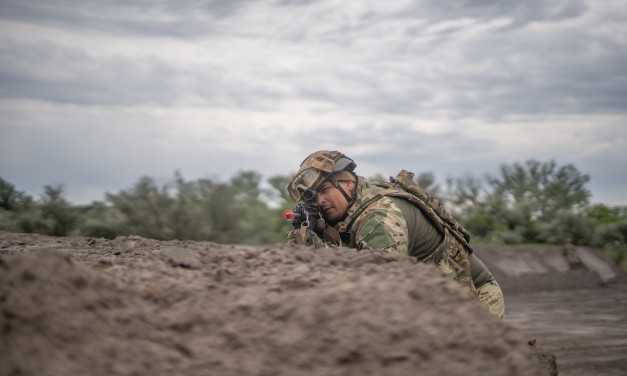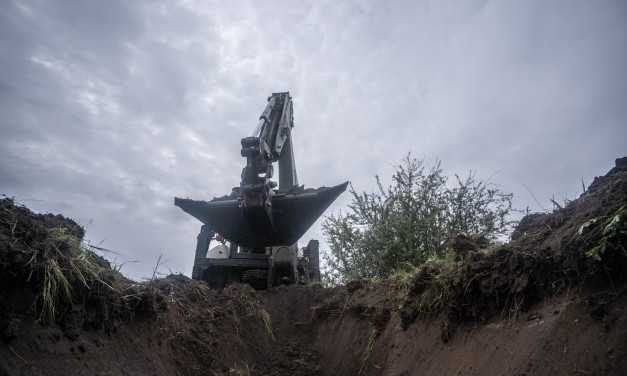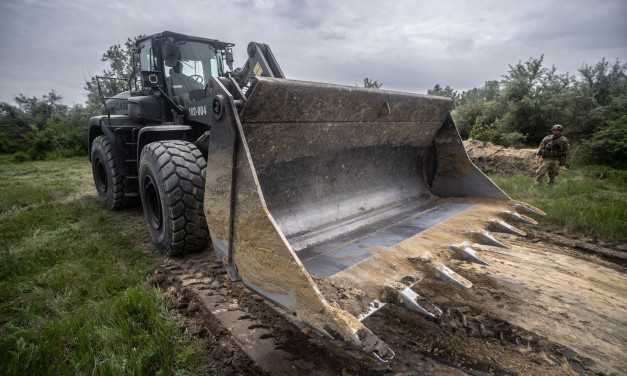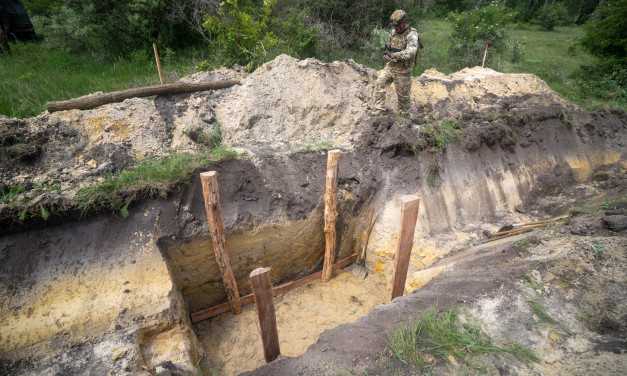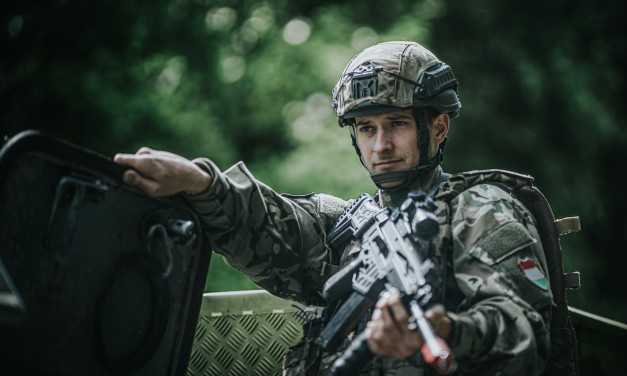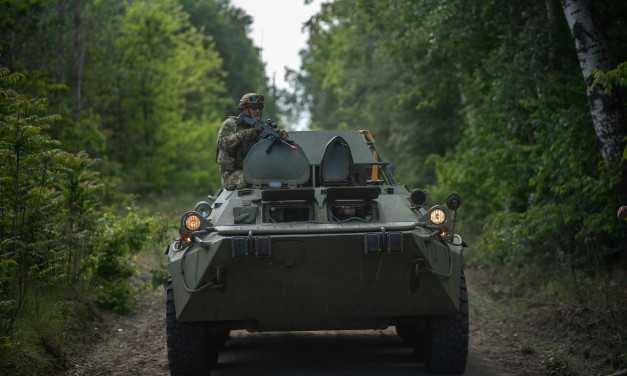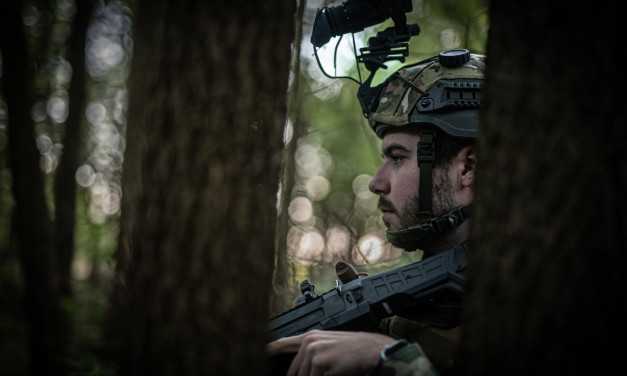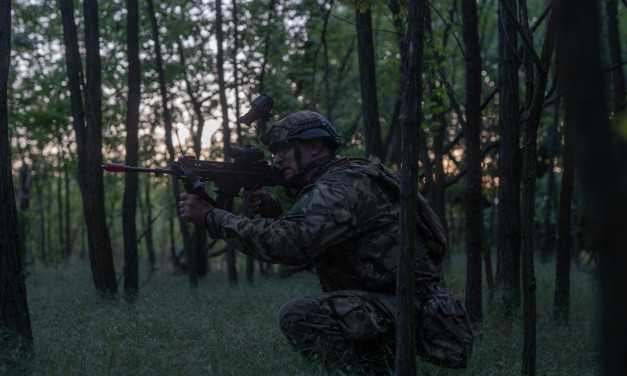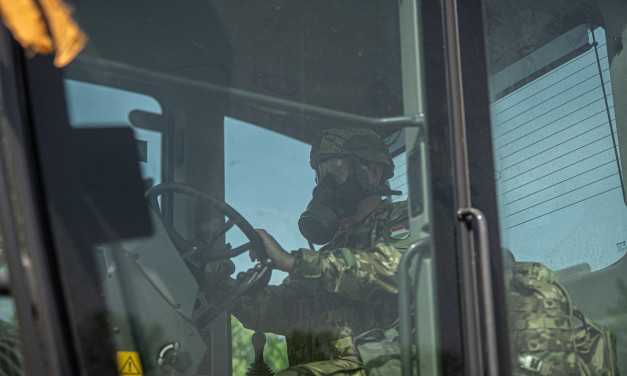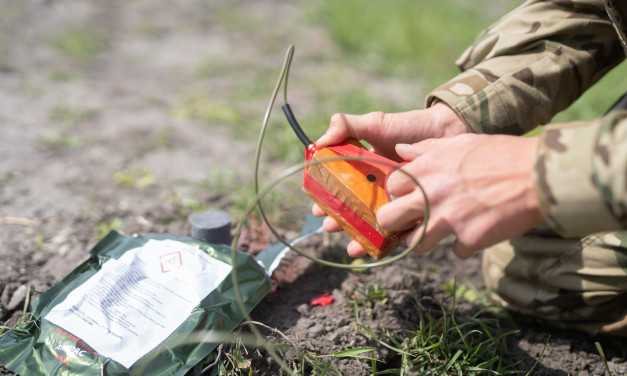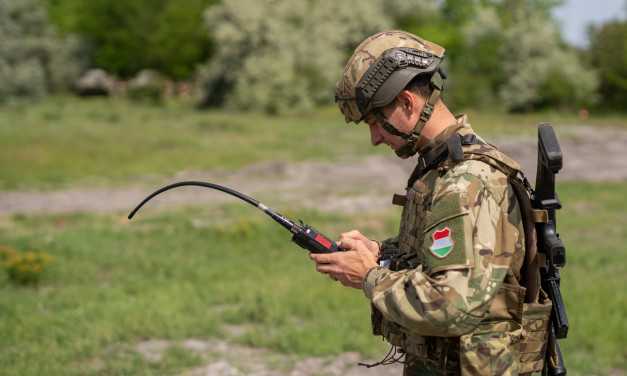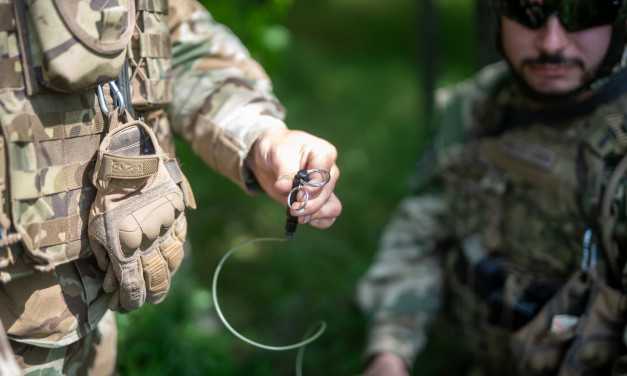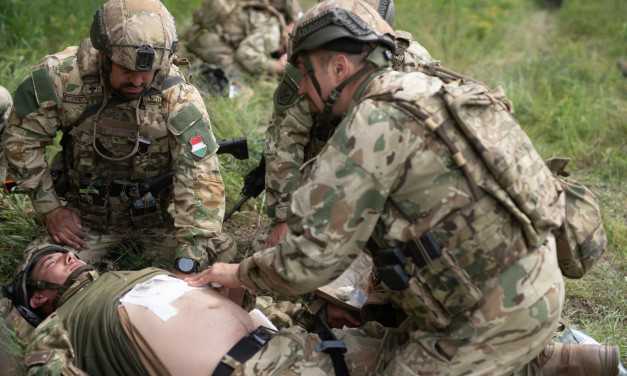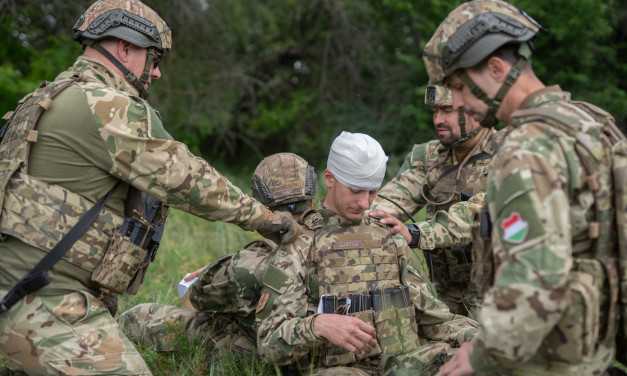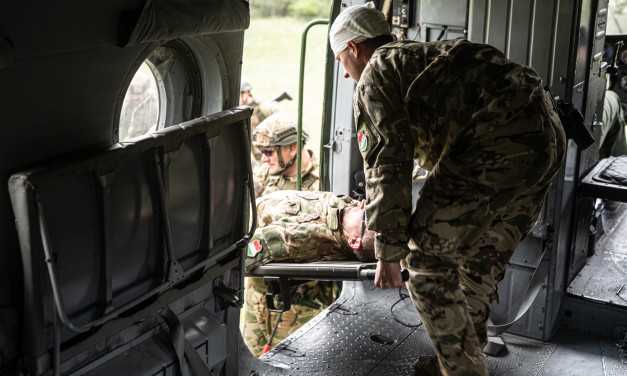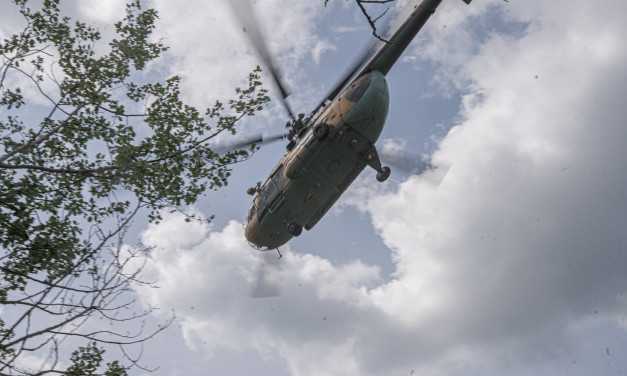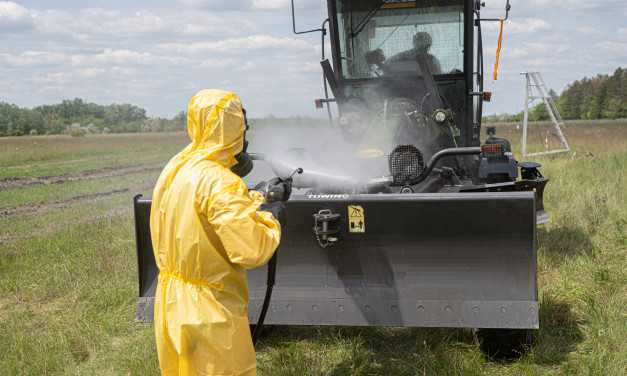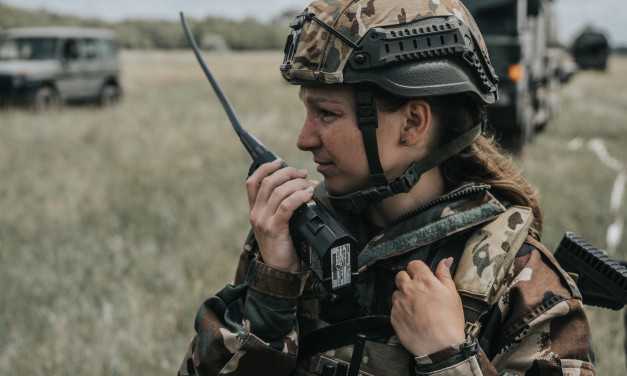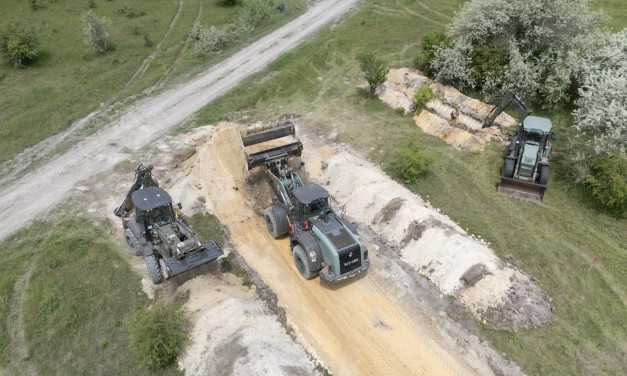From Bridge Construction to MEDEVAC – full-scale readiness evaluation of combat engineers
The engineer battalion has responded not only to technical but also to logistic and medical challenges
Text: First Lieutenant Piros Erika Baranyai | Photo: Staff Sergeant Miklós Janó | 19:36 May 21, 2025Within the framework of Exercise Recent Challenge, the personnel of the Engineer Battalion declared to NATO underwent the Combat Readiness Evaluation (CREVAL) process after intensive, weekslong preparations. The nominated personnel of six units not only demonstrated their own professional skills and knowledge but also the interoperability among subordinate subunits of the brigade – in the field, under realistic circumstances.

The exercise was not confined to a single venue: although being distributed among the training areas of Szentes, Dóc, Ópusztaszer and Sándorfalva, the training was based on a uniform concept, and by simulating real-world operational situations, it provided the soldiers with lesson learned that go beyond the framework of classroom instruction.
The soldiers themselves built the concentration area in Ópusztaszer: the base was not only the center of the training but also became the logistic and operative backbone of the CREVAL-preparations. Fieldwork had already started several weeks earlier, as the camp development works such as shelter construction also served the security of the base and the lifelikeness of the training event.
They conducted minefield reduction practice in the vicinity of Sándorfalva, where during engineer reconnaissance, the soldiers located an enemy minefield, and were tasked with breaching the obstacle to clear a lane for their own forces. This practice was not only a challenge in terms of technology, but also in terms of command and coordination – the EOD subunits were working safely and precisely in a synchronized way. At Dóc, the emphasis was on engineer reconnaissance, but the soldiers also planned and built a military road to provide the freedom of movement of own forces.
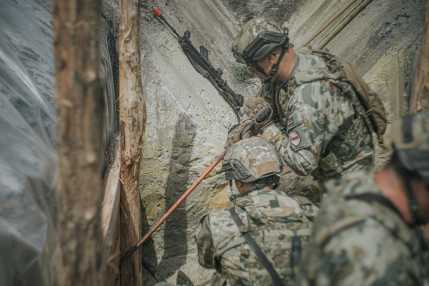
In the Szentes training areas and on the bank of River Tisza, the focus was on wet gap crossing. The deployment of PST-M medium tracked amphibious transport vehicles was a spectacular sight as well as a key phase from a tactical point of view. During the exercise, the engineer troops also demonstrated their bridging capability by constructing a Mabey-Johnson field truss bridge which swiftly and efficiently facilitated the crossing of land vehicles. The fielding and operation of a water purification point ensured the personnel’s self-sufficiency and logistic freedom.
Synchronization is especially important in the system of NATO Combat Readiness Evaluation of Land Headquarters and Units (CREVAL), which aims at evaluating the level required for international deployment, i.e. the integrability and reaction capability of the subunits. The complex situations, the diverse technical challenges and the integrated work of different units shows that the engineering capabilities of the Hungarian Defence Forces are up-to-date and ready for tackling any international or domestic operational challenge.
NATO CREVAL of combat engineers
